Top 5 Integrations for JIRA
JIRA is well known as a powerful and rich-in-features issue tracker with flexible configuration mechanism and user-friendly interface. Besides this, JIRA has become a really popular issue tracker among quality assurance engineers and software development teams. Its popularity can be partially explained by profound out-of-box functionality that can be further customized to your own needs, and, additionally, it can be quickly and easily integrated with numerous systems. In this article, we will review the best JIRA integrations through third-party add-ons.
JIRA Bamboo Plugin
JIRA Bamboo plugin is developed by Atlassian themselves. This is a plugin for integration between their own issue tracker and continuous integration build server Bamboo. This add-on establishes a communication channel for retrieving information about build and its status, the user who triggered the build release, revision, duration of build creation, date and time when build was completed. In addition, you can view artifacts left after build release. Interface of each issue also gets an additional tab with information about builds and all issues which the current task relates to.

Jenkins Plugin for JIRA
Jenkins Plugin for JIRA is developed by Marvelution. This add-on offers its users a way to integrate Jenkins continuous integration server with JIRA. Connection between two platforms is established on the basis of an application link that is required to be configured before you start using this add-on. The main objective of this plugin is visualization of Jenkins builds in JIRA. The user can easily customize which data synchronize and which data skip. This allows speeding up the entire sync procedure and sorts out the unnecessary data during processing.
The add-on embeds into the interface of the project and individual issues, so the user can always quickly access the required information such as status of build, who and when ran the build, how much time it took to complete and which tasks it relates to. Additionally, the add-on displays the activity stream dashboard where you can find information about the progress of the project and release builds.
TeamCity Integration for JIRA
TeamCity Integration for JIRA is developed by StiltSoft. This add-on is one more extension that enables integration between the continuous integration server and issue tracker. By default,TeamCity provides only one-way integration, this add-on allows you to establish full double-way integration between TeamCity and JIRA. The plug-in does not require any additional skills and can be installed and completely configured in a blink of an eye.
This extension adds an additional tab into the interface of projects, product versions and individual issues. The add-on visualizes interconnections between issues and let you instantly view and track status of each build. If needed, you can immediately proceed to the appropriate build right from JIRA interface.

Enterprise Message Handler
Enterprise Message Handler is developed by The Plugin People. This add-on allows you to transform your JIRA instance into a full-fledged and powerful helpdesk platform. By default, JIRA requires one account per each user, which makes it quite irrational and expensive to create a great number of new accounts for all your customers who will potentially submit an issue in undetermined future. Even if you are a complete admirer of JIRA, you will start thinking of the financial question. This extension lets you cultivate your love to JIRA and use it as a helpdesk system with no restrictions.

Once the issue has been submitted, the customer receives a notification and when you post your comment to the current issue he also gets the update on his or her problem. Smart mail routing efficiently processes all the incoming letters and filters the spam, so your JIRA preserves high speed and instant response.
nFeed
nFeed is developed by Valiantys. Does it ever happen that you feel a need to load a bulk of data into JIRA from some external resource? So this add-on is just for you. When you create custom fields in JIRA, you need to manually pre-populate it with some values. So if the number of values does not exceed 10 values, it is not a problem, but what if you have hundreds of values that should also vary depending on the previously selected value. For such cases you can use nFeed plugin for JIRA.

We hope that these add-ons will help you to simplify your JIRA experience and get much more from it.
















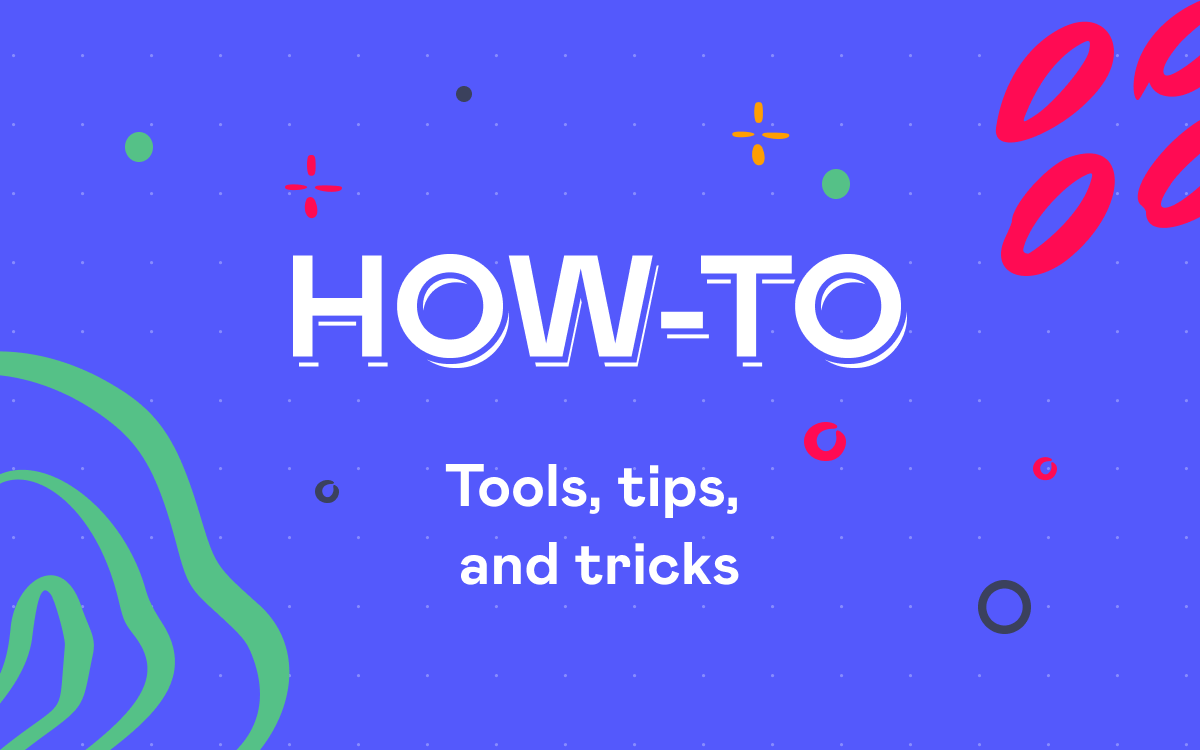




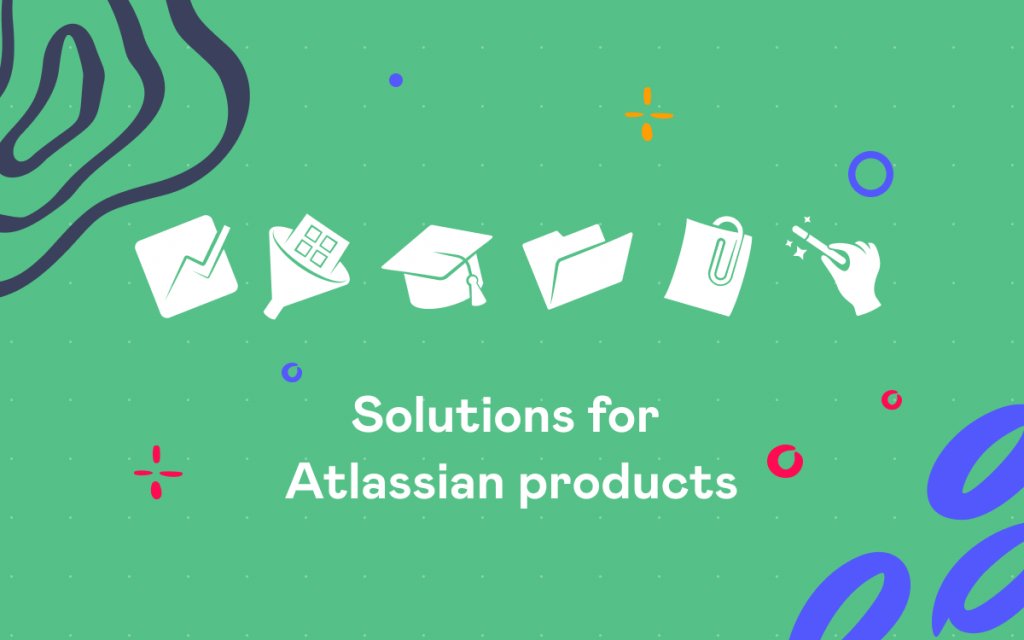

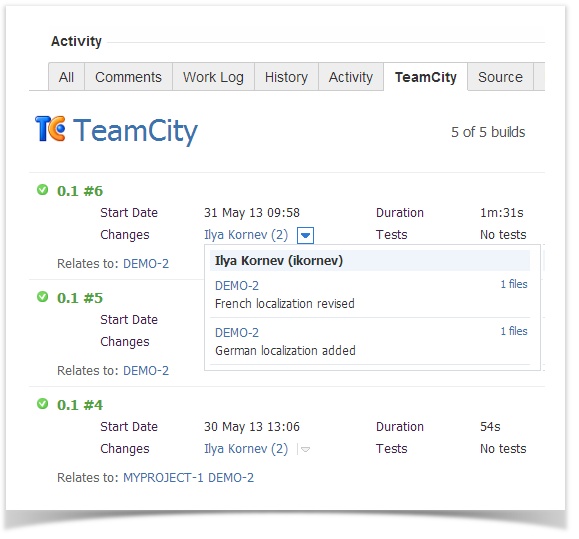
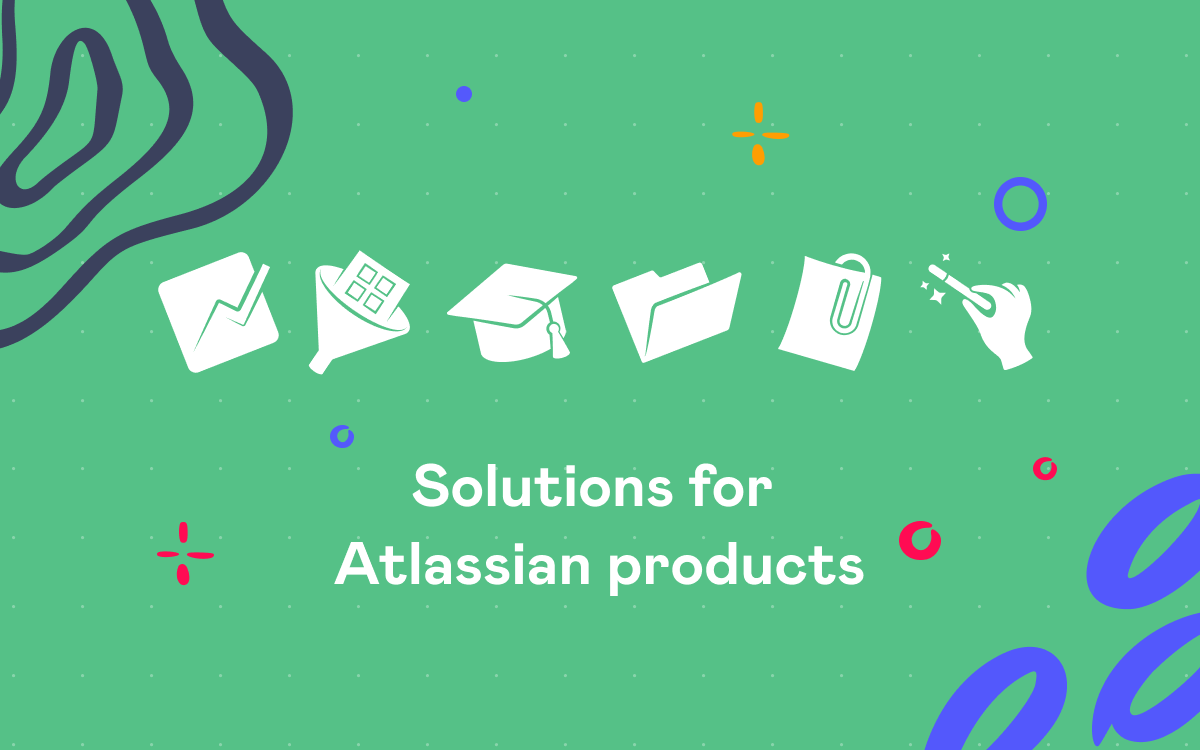

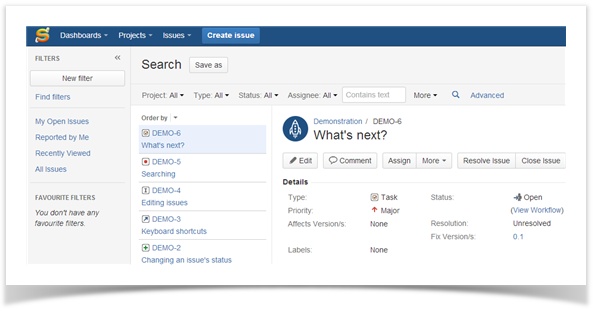 If you’re using our
If you’re using our 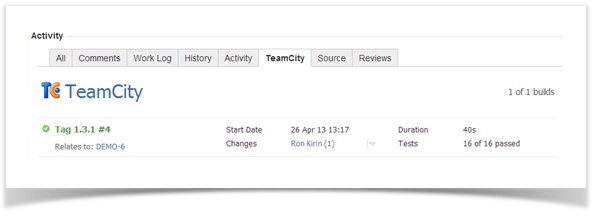 Moreover, with this plugin you can follow links in JIRA to see more info directly in TeamCity. And a special gadget allows you to track TeamCity agents’ status in JIRA.
Moreover, with this plugin you can follow links in JIRA to see more info directly in TeamCity. And a special gadget allows you to track TeamCity agents’ status in JIRA.
